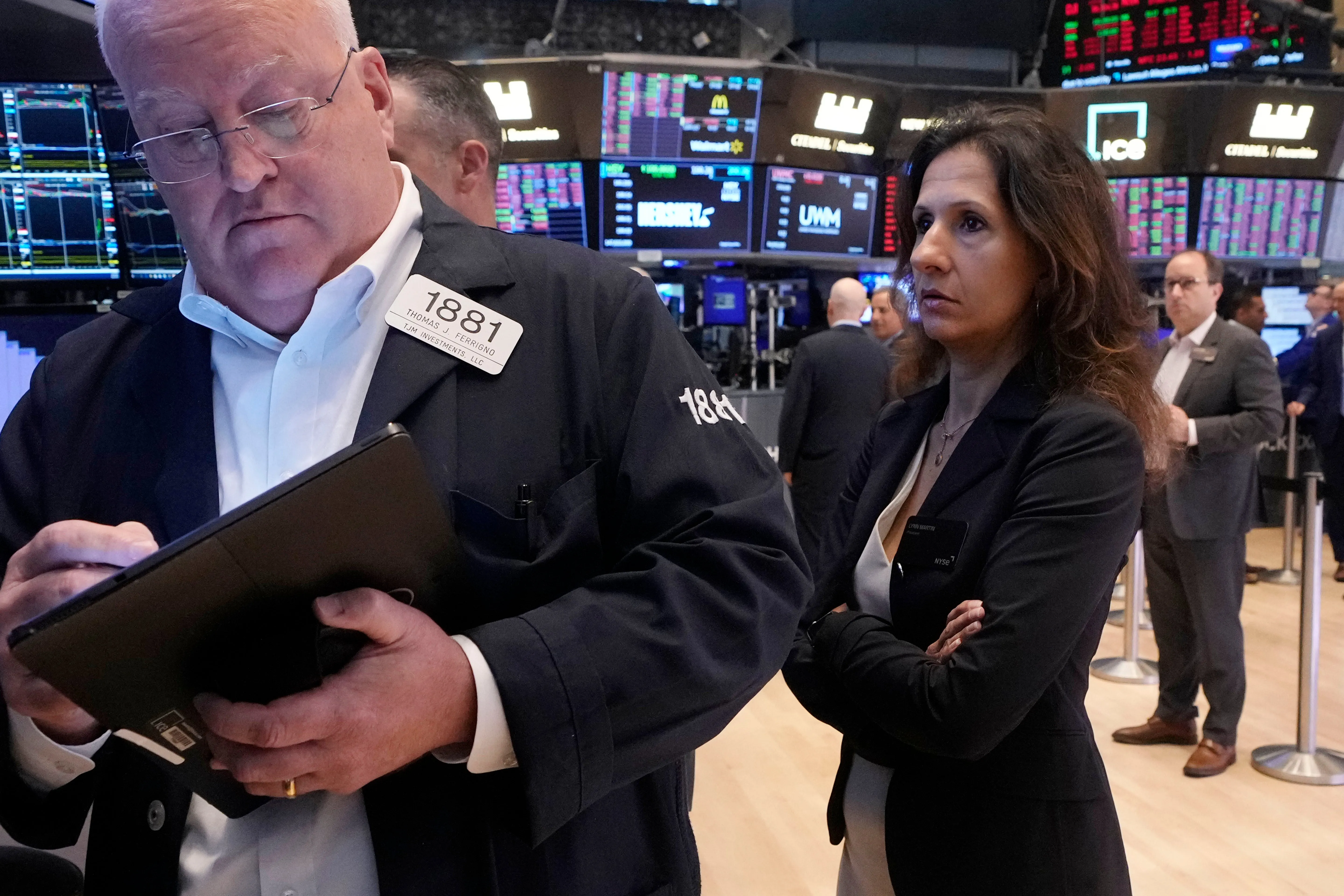Investor appetite for yield in the U.S. is helping boost interest in a once-overlooked part of the derivatives market: dividend futures and options tied to the S&P 500 Index. This area, which has historically lagged behind Europe’s more developed market for dividend-based derivatives, is now seeing substantial growth as demand rises and new trading tools emerge.
In Europe, dividend futures — which allow traders to speculate on or hedge around future corporate payouts — have long been an established feature of the market, particularly through benchmarks like the Euro Stoxx 50 Index. Investors there frequently use these contracts to manage long-term liabilities or to express views on companies’ dividend trajectories. But now, U.S. traders are increasingly getting involved in similar strategies.
According to CME Group Inc., trading volume in its U.S. dividend futures surged by 40% during the first six months of 2025. Meanwhile, open interest in dividend options tied to the S&P 500 Index has more than tripled year-over-year, despite the fact that these products only launched in early 2024. This growth signals an increasing awareness of and comfort with dividend-based strategies among American investors.
Nabil Hussain, a managing director at Vantage Capital Markets in London, noted that trading in these options has been gaining momentum every day. He observed that, due to the steady nature of U.S. dividend growth year after year, traders are favoring moderate bullish strategies like buying upside calls or call spreads. However, he pointed out that these bets don’t tend to target extreme gains like those commonly seen in the European dividend market.
One key difference between the U.S. and European markets lies in how their dividend futures curves are shaped. In the U.S., longer-dated contracts are priced higher, indicating expectations for steady or increasing dividends in the future.
In contrast, European dividend futures tend to lose value the further out they go. This reflects a difference in corporate practices and dividend reliability. U.S. companies are often more consistent in their payout behavior, and some American executives are more reluctant to cut dividends even during tough times, according to Maxwell Grinacoff, head of U.S. equity-derivatives research at UBS Group AG.
Another factor helping lift expectations in the U.S. is speculation that major tech firms like Amazon.com Inc., which have so far resisted paying dividends, might soon change course. Because the S&P 500 has more constituents than the Euro Stoxx 50, it is also less affected by large swings in dividends from any single company, which adds a layer of stability to the U.S. market.
The introduction of options trading has made it easier for investors to take specific positions on how much they expect companies to pay shareholders. These decisions are tied closely to broader market fundamentals, including earnings growth, economic outlooks, and interest rates.
However, the path forward isn’t always smooth. In April, for example, the value of the December 2026 S&P 500 dividend future dropped 11% in just a few days. That sudden decline was triggered by fears of a broader market correction tied to new tariff announcements.
That event served as a reminder of the volatility that can creep into even traditionally stable instruments like dividend futures. “The April tariff surprise showed us that reaching long-term payout expectations isn’t always a straight path,” Hussain explained. “Volatility creates opportunities for a wider variety of market participants.”
UBS strategists, including Kieran Diamond, highlighted in a recent note that the dramatic price movements in U.S. dividend futures during that time caused significant losses for investors who had leveraged bets in what is usually considered a defensive part of the market. Following the April episode, put options on S&P 500 dividends saw a spike in demand as traders positioned for the risk of larger payout reductions.
Currently, both in the U.S. and Europe, much of the market opportunity seems to have shifted toward 2027 contracts. Futures for 2026 offer limited upside compared to analyst consensus estimates, which has driven traders to explore more advanced strategies. In Europe, hedge funds often use combinations like call ratios and call flies to gain exposure to dividend upside — strategies Grinacoff also sees being adopted in the S&P 500 dividend space.
The European dividend market is also influenced by the continent’s vast structured product sector. Banks issuing products like autocallables — which offer high coupons if certain conditions are met — frequently hedge by trading dividend futures. Because these hedges leave dealers with exposure to dividend risks, they often offload that risk by selling longer-term contracts, putting downward pressure on prices.
In contrast, U.S. structured products tend to use “worst-of” baskets, where dividend exposure is concentrated in the weakest-performing assets. Since the S&P 500 is rarely the underperformer in such baskets, its dividend contracts tend to be less distorted by these hedging activities. According to JPMorgan Chase & Co., even in a selloff scenario, technical pressure from autocallable-related hedging is expected to have only a moderate impact on S&P 500 dividend pricing.
As dividend options gain traction, they are contributing to more accurate pricing across the entire dividend futures curve. Tim McCourt, global head of equities, FX, and alternative products at CME, noted that these tools help investors pinpoint exactly which dividend levels they want to manage. He added that the interaction between hedgers and speculators in the market provides a clearer view of investor sentiment about future dividend paths.
“This market thrives on differing opinions,” McCourt said. “If everyone believed the same thing about where S&P 500 dividends were headed, it wouldn’t work.”

Subscribe to our newsletter!
As a leading independent research provider, TradeAlgo keeps you connected from anywhere.








